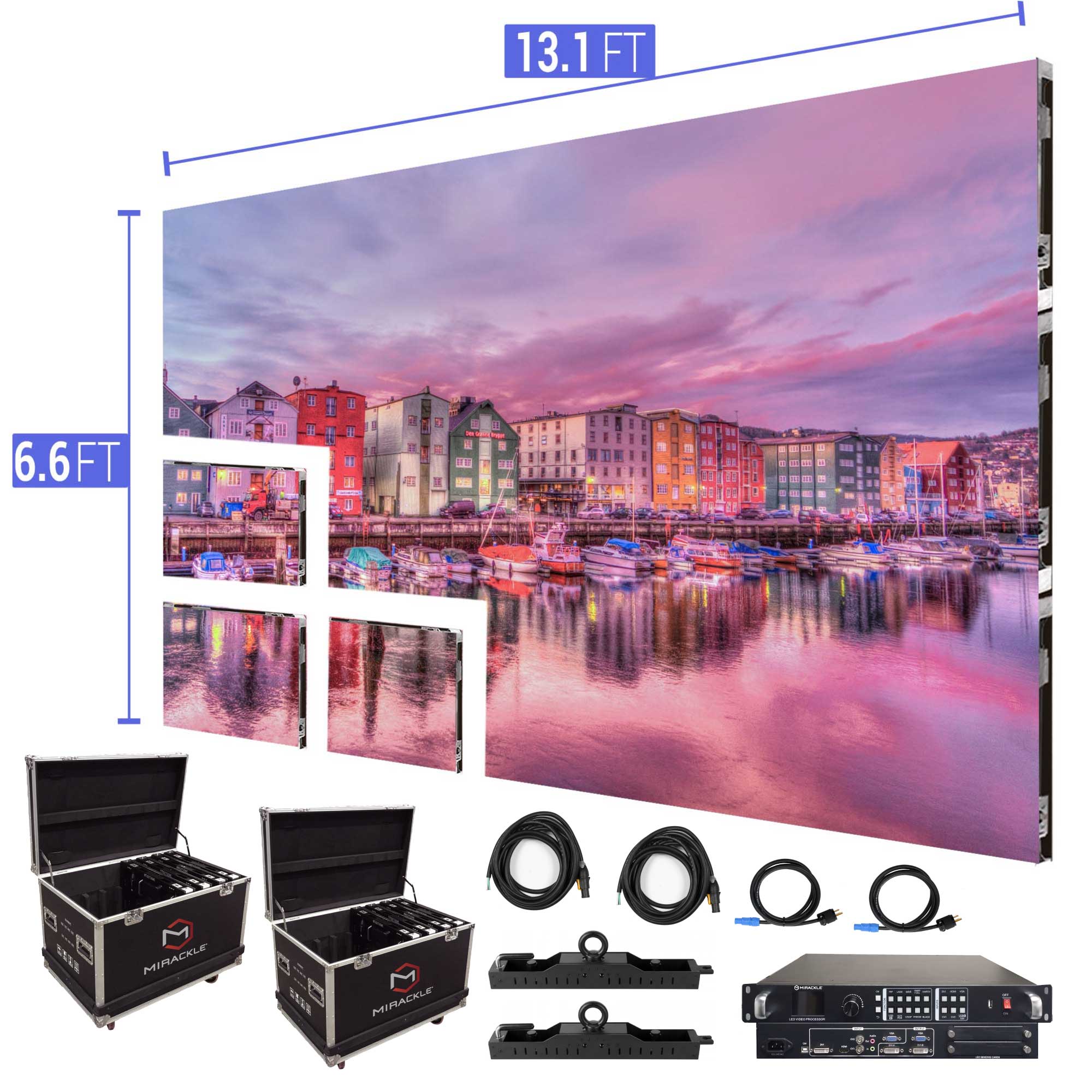Perfecting the Art of Hue Calibration for Breathtaking Imagery on LED Screens
Wiki Article
Hue calibration is an essential process for achieving stunning images on LED screens. LED walls are widely used in various settings, such as concerts, meetings, and promotional presentations. These screens are made up of many small light-emitting diodes that produce pictures and videos. However, if the hues are not adjusted properly, the images can look dull or warped. Hue calibration ensures that the colors displayed on the light-emitting diode screen are precise and lively, improving the overall watching encounter.
The initial step in color calibration is understanding the color space. Color space refers to the range of colors that can be displayed on a display. Different devices, such as cameras and monitors, may use different color spaces. Typical color spaces include sRGB, Adobe RGB, and DCI-P3. Knowing which hue space the LED wall uses is crucial for accurate tuning. This knowledge assists in adjusting the colors to match the intended result, ensuring that the visuals appear as they were intended to be viewed.

Next, using a hue calibration tool is essential for obtaining accurate results. These devices can be physical instruments or software applications designed to assess and modify hues. A colorimeter is a popular hardware tool that measures the colors displayed on the LED wall. It offers information on how the hues look compared to the standard values. By using this data, adjustments visite site can be made to the light-emitting diode screen configurations, such as luminosity, contrast, and color balance. This procedure assists in matching the shown hues with the desired color standards.
Another important aspect of color calibration is surrounding light evaluation. The illumination in the surroundings where the light-emitting diode screen is situated can greatly influence how colors are perceived. For instance, bright surrounding light can wash out hues, making them appear less vibrant. Therefore, it is essential to assess the illumination environment before tuning the light-emitting diode screen. Modifications may need to be made to the screen's luminosity and contrast configurations to compensate for the ambient illumination. This ensures that the colors remain bright and true to their intended look.
In conclusion, routine maintenance and re-tuning are necessary to keep the light-emitting diode screen performing at its best. Over time, the colors on the light-emitting diode wall may deviate due to elements like aging parts or variations in the environment. Regularly scheduled tuning assist to preserve color accuracy and consistency. It is also beneficial to maintain a log of calibration configurations and outcomes. This documentation can help in identifying patterns or problems that may occur, allowing for timely adjustments. By prioritizing color tuning, users can ensure that their LED screens provide stunning images that captivate audiences.